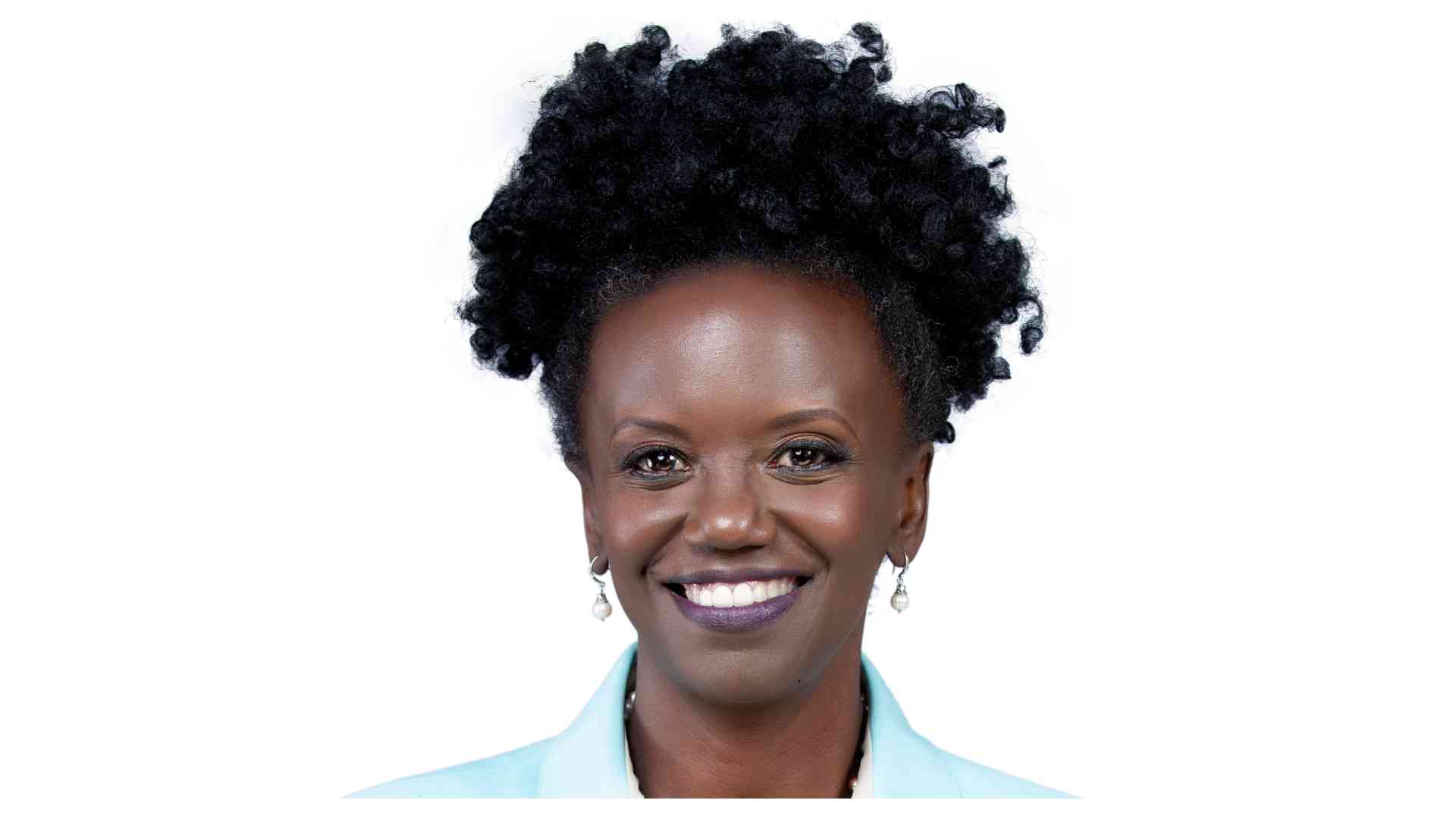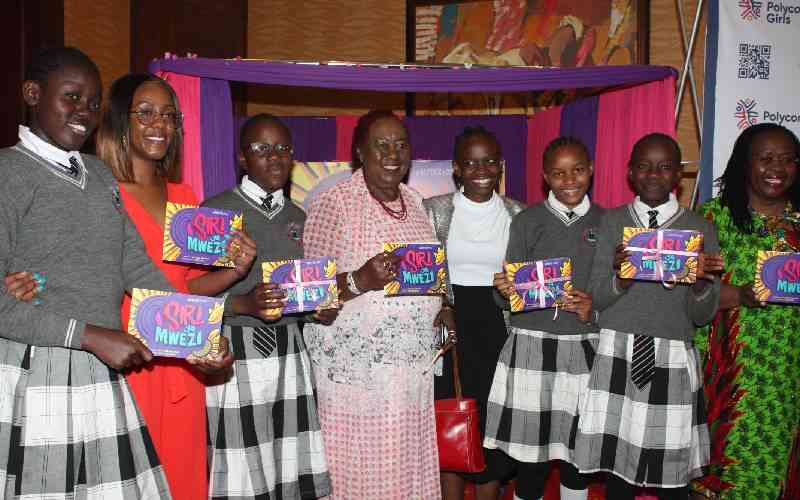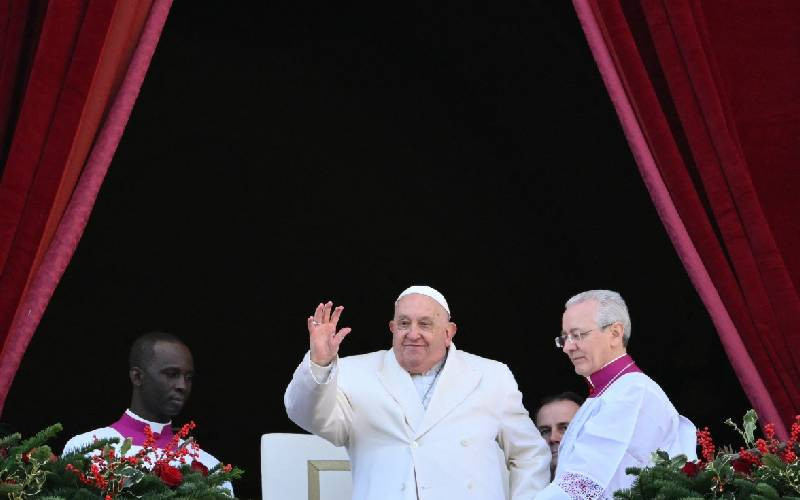I am delighted to be here today to add my voice to the issue of gender inequality and girls' safety. This event is timely and significant.
The year 2015 is significant for girls' and women's empowerment. The Millennium Development Goals come to a close at the end of the year and the new Sustainable Development Goals come into being – setting and reframing the development agenda for the next 15 years.
The design of the Sustainable Development Goals offers Kenya and the international community an opportunity to unite around an agenda that is transformative.
Let me take this early opportunity to commend Plan International for its role in amplifying the voices of children and the youth, particularly girls, who are the most vulnerable. I also laud their effort in ensuring that children are part of the development process, formulating their own priorities.
Today's generation of young people is the largest in history. An estimated 1.3 of the 1.6 billion young people between the ages of 12-24 reside in developing countries. Yet young people and specifically young women face many socio-cultural and economic barriers to fully realise their potential. I am pleased by the tremendous efforts that have been made to lobby for the inclusion and prioritisation of issues that affect our adolescent girls. It is not only constructive but forward-looking.
It is admirable how far the girls here today have come. How they have taken the initiative of bringing to life the issues that they continue to grapple with, particularly in marginalised regions that so often pull them back from realising their dreams. We live in a time where we can no longer ignore the voice of our young people. They are influencing policies; they are influencing decision-making processes at different levels. Ignoring the youth is like ignoring our future.
As it has been highlighted by the girls and other speakers today, young girls and women face numerous challenges. Gender inequality and lack of safety, both at home and in school, clearly come across as impediments to the realisation of girls' rights, and in the long haul, the development of our nation.
Advancing the rights, participation and development of adolescent girls, particularly through education and access to equal opportunity is therefore a smart move. When we reach out to this segment of the youth, we secure a better future for our nation.
Although several key gains have been made in the past few years, the achievements are notably insignificant compared to the numerous economic, social and political challenges affecting youth, especially girls, in Kenya.
This should remind us of the pressing need for the country to create more space for adolescent girls in order to realise Vision 2030 and the SDGs.
Now more than ever, we must accelerate our efforts to enhance gender equality, access to affordable sexual and reproductive health services and put in place robust measures to prevent and respond to gender-based violence. The success and lasting impact of the Post-2015 Development Agenda hinges on strategic investments made. The realisation demands for concerted efforts by all stakeholders. It calls for significant capacity building, technical assistance, knowledge transfer, exchange of experiences and finances.
I am convinced that we can achieve greater equality, make our nation more inclusive and eradicate poverty by investing in our youth. I am therefore confident that world leaders will support and endorse gender equality and adolescent girls and child safety in the Post-2015 Development Agenda.
I will, on my part, support the issues the girls have presented to me and lobby for adolescent girls and youth both in Kenya and internationally.
I thank you all for your continued and tireless efforts in serving our people and for working towards the realisation of a better Kenya for all.
Stay informed. Subscribe to our newsletter
 The Standard Group Plc is a
multi-media organization with investments in media platforms spanning newspaper
print operations, television, radio broadcasting, digital and online services. The
Standard Group is recognized as a leading multi-media house in Kenya with a key
influence in matters of national and international interest.
The Standard Group Plc is a
multi-media organization with investments in media platforms spanning newspaper
print operations, television, radio broadcasting, digital and online services. The
Standard Group is recognized as a leading multi-media house in Kenya with a key
influence in matters of national and international interest.
 The Standard Group Plc is a
multi-media organization with investments in media platforms spanning newspaper
print operations, television, radio broadcasting, digital and online services. The
Standard Group is recognized as a leading multi-media house in Kenya with a key
influence in matters of national and international interest.
The Standard Group Plc is a
multi-media organization with investments in media platforms spanning newspaper
print operations, television, radio broadcasting, digital and online services. The
Standard Group is recognized as a leading multi-media house in Kenya with a key
influence in matters of national and international interest.








